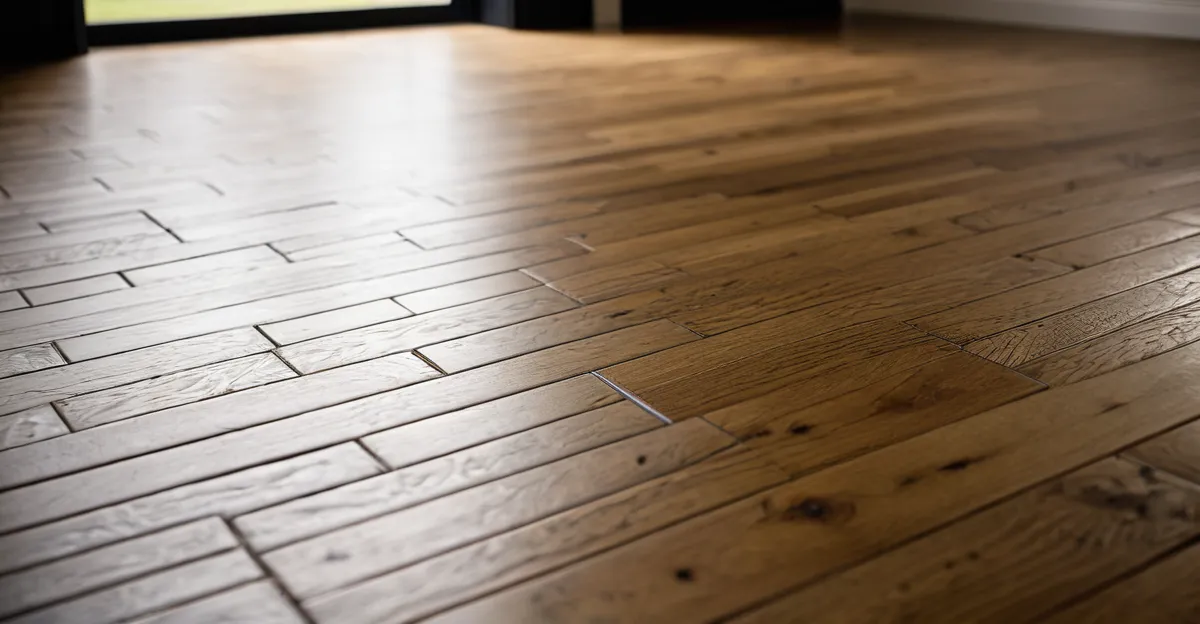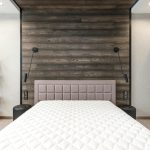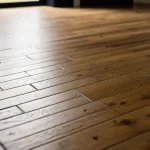Overview of Popular Flooring Choices in UK Homes
In UK homes, flooring options are diverse, reflecting both tradition and modern trends. The most common flooring types include carpets, laminate, engineered wood, vinyl, and tiles. Each type caters to different preferences, budgets, and functional needs, shaping the current UK homes flooring trends.
Carpet remains a staple choice in many households for its comfort and warmth, particularly suited to bedrooms and living areas. Laminate flooring, known for being a cost-effective flooring option, has surged in popularity because it balances affordability with a wood-like appearance and ease of installation. Engineered wood flooring appeals to those seeking the elegance of wood combined with better resilience to moisture, making it suitable even for kitchens.
Also read : How can you maximize natural light in a UK home?
Vinyl flooring, including luxury vinyl tiles and sheet vinyl, offers water-resistant qualities making it attractive for bathrooms and utility spaces. Ceramic and porcelain tiles are frequent selections where durability and water resistance are priorities, especially in wet areas like kitchens and bathrooms.
Local availability influences these choices, as UK suppliers often stock materials aligned with domestic preferences and climate considerations. For instance, insulation and moisture management impact the suitability of certain flooring types, further shaping buyer decisions in the UK market.
Also read : How can you create a multifunctional room in a UK home?
Understanding these popular flooring types and their unique characteristics helps homeowners select flooring solutions that align with their lifestyle while reflecting current trends in UK homes flooring.
Carpet Flooring in the UK
Carpet remains a highly favored choice among carpet in UK homes, valued for its inherent comfort and warmth. Styles range from traditional wool blends to more contemporary synthetic fibres, often available in neutral tones that suit diverse interior designs. Recent carpet trends UK show a steady demand for textured weaves and patterned designs, reflecting evolving taste while keeping comfort central.
The pros and cons of carpet are straightforward. Its plush surface provides excellent insulation and softness underfoot, ideal for bedrooms and living rooms where comfort is paramount. Carpets also help with sound absorption, contributing to a quieter home environment. However, drawbacks include susceptibility to staining and wear, particularly in high-traffic areas, and the need for regular cleaning to maintain appearance and hygiene.
Regarding cost, carpets in the UK generally fall into a moderate price range, making them accessible without compromising quality. Budget options exist but often at the expense of durability, while premium variants offer longevity and luxury. Considering these factors helps homeowners align their flooring choice with room function and budget, continuing the prominence of carpet within popular flooring types in UK homes.
Laminate Flooring: Features and Benefits
Laminate flooring UK has gained remarkable traction as a cost-effective flooring solution that caters to homeowners seeking style without breaking the bank. Its rise in popularity stems from a blend of affordability, durability, and a realistic wood-like appearance that fits well within diverse interior themes.
The key benefits of laminate include straightforward installation, often achievable by DIY enthusiasts, reducing labor costs. Its surface resists scratches and stains better than many traditional materials, making it suitable for busy households and pets. Additionally, laminate flooring UK requires minimal maintenance—regular sweeping and occasional damp mopping suffice to keep surfaces looking fresh.
However, the laminate pros and cons deserve consideration. While laminate resists wear and tear, it is sensitive to prolonged moisture exposure; therefore, it is less ideal for bathrooms or other high-humidity areas unless specifically designed for such environments. Cost-wise, laminate flooring UK typically falls below engineered wood but above entry-level carpet pricing, offering a balanced investment for many households.
Regarding its suitability for various rooms, laminate flooring excels in kitchens, hallways, and living areas, providing a resilient underfoot experience. With evolving UK homes flooring trends, laminate remains a versatile, stylish, and practical choice, particularly for those prioritizing ease of upkeep alongside visual appeal.
Engineered Wood: Modern Appeal with Practicality
Engineered wood flooring UK combines a thin veneer of real wood layered over plywood, offering a design that mimics solid wood while enhancing durability. This construction addresses common issues faced by traditional wooden floors, making engineered wood a leading choice among current wooden flooring trends.
A major advantage of engineered wood flooring UK is its improved moisture resistance compared to solid wood. It can better withstand the damp climate typical of UK homes, reducing risks of warping or swelling. Homeowners often prefer engineered wood for areas like kitchens, hallways, and living spaces where moderate durability and a warm wood aesthetic are desired.
However, the engineered vs solid wood debate highlights cost considerations. Engineered wood generally comes at a mid-to-high price point but is often more budget-friendly than high-grade solid wood flooring. Its layered design also allows for easier installation, which can lower labor expenses.
To maintain engineered wood flooring UK, avoid excessive water exposure and clean regularly with products designed for wood surfaces. Proper upkeep ensures long-lasting beauty and reinforces its appeal amid evolving UK homes flooring trends.
Luxury Vinyl and Sheet Vinyl Flooring
Luxury vinyl flooring UK is increasingly favored due to its excellent waterproof flooring options and versatility. It generally comes in two main varieties: luxury vinyl tile (LVT) or plank and sheet vinyl. LVT mimics the look of natural materials such as wood or stone with individual tiles or planks, offering high design flexibility. Sheet vinyl, by contrast, is installed in large continuous rolls, providing a seamless surface ideal for minimizing water ingress.
The key benefits of vinyl flooring UK include outstanding water resistance, making it especially suitable for bathrooms, kitchens, and utility rooms where moisture is common. Vinyl is simple to clean, requiring just regular damp mopping and occasional use of gentle cleaners to maintain its appearance. Its durability resists dents and scratches, supporting busy households and pets.
When considering installation sites, luxury vinyl tile suits areas that benefit from a more authentic wood or stone effect, while sheet vinyl is better for spaces where ease of maintenance and waterproofing are priorities. Long-term maintenance remains minimal compared with many other flooring types, helping homeowners manage upkeep costs efficiently.
Overall, vinyl flooring UK integrates durability, style, and practical moisture resistance, aligning well with current UK homes flooring trends emphasizing both aesthetics and functionality.
Ceramic and Porcelain Tiles in UK Homes
Ceramic tiles and porcelain tiles are prevalent tile flooring UK options, especially favored in kitchens and bathrooms due to their water resistance and sturdy nature. Ceramic tiles typically feature a glazed surface, making them easier to clean, while porcelain tiles are denser and less porous, providing enhanced durability and moisture resistance. This makes porcelain a popular choice where high wear and moisture are concerns.
One significant advantage of ceramic tiles home use is their ability to endure heavy foot traffic and resist stains, contributing to long-lasting aesthetics. Porcelain tile advantages include superior toughness, frost resistance, and low water absorption, ideal for damp UK environments. However, tiles can feel cold and hard underfoot, which may not suit living spaces where comfort is preferred.
Care for tile flooring UK involves regular sweeping and mopping with pH-neutral cleaners to maintain surface integrity. Grout lines may require periodic sealing to prevent staining and moisture infiltration. When deciding between tiles and other flooring types, homeowners often weigh factors like room function, moisture levels, and desired style. Tiles are especially prudent in renovation or new builds where ease of maintenance and hygiene are priorities, aligning well with evolving UK homes flooring trends.



